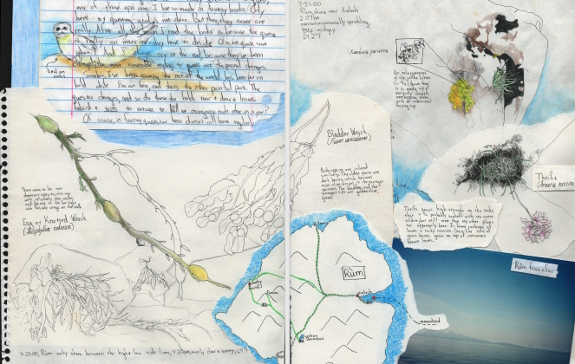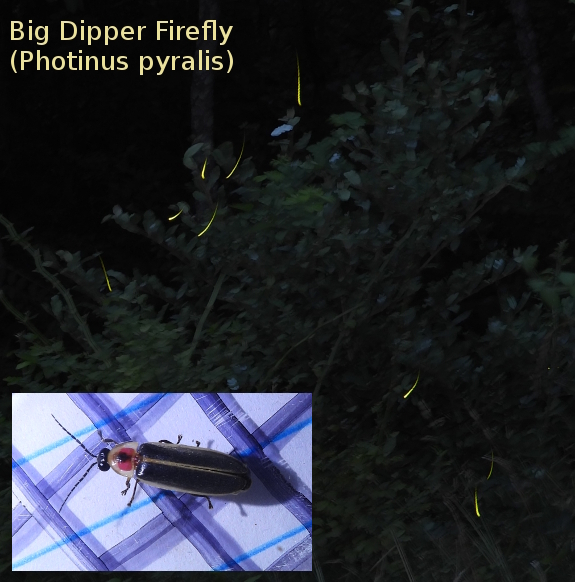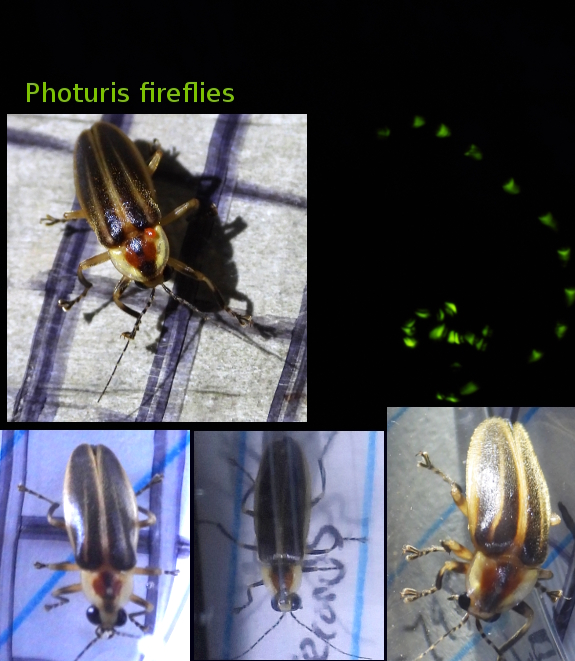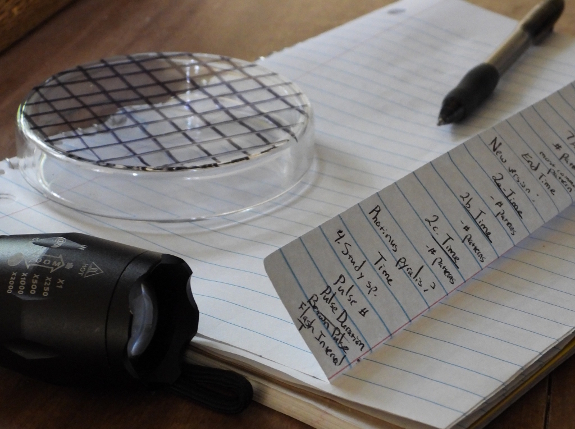
archives for 07/2020
I have a new book out...and it's a total pandemic experiment. Gap Year
is available in print only and is on the pricey side for 32 pages
(full-color will do that), but it should also be very easy to request
at your local library through their regular channels.
The book is a travelogue, mostly in pictures, from the time I spent
backpacking and drawing plants right after college. I figure there's a
50% chance no one except my mother will be interested, so feel free to
skip this one if it's not your cup of tea. On the other hand, if you
like it, writing a review and spreading the word will ensure there's a
sequel.
Speaking of reviews, here's one to give you an idea of what you'll find
inside:
“This will be one of the easiest 5-star ratings I’ve ever given. The
journal style of the book presents the reader with a unique glimpse
into the author’s year-long journey around Europe. Beautiful drawings
and snippets from her letters home draw the reader into her adventure.
I’m definitely looking forward to the next volume. This book would make
a beautiful gift to anyone who loves travel or nature.” — Turtle Dove
Available on Amazon and Barnes
& Noble. Thanks in advance for giving it a try!


I'm happiest when I have something complex and natural to keep my brain
occupied. This year I found the perfect hobby --- fireflies! A citizen
science project asks you to spend thirty seconds once a week
counting the firefly flashes in your backyard. I gave it a try...and
was instantly hooked.
Did you know that there are hundreds of species in the U.S., possibly
dozens within a single backyard? One species, though, is pretty simple
to figure out. The male Big Dipper (Photinus
pyralis) usually comes out right at sunset and flies for half an
hour or so. He's got long, yellow flashes that are either J-shaped or
(as in my yard) simply rise upward. Count about 5 seconds of darkness
in between at 76 F and you've got one firefly species to check off your
life list!
(Why do I say "he"? Because the female is hidden in the grass,
surveying the field and choosing a mate. Yes, firefly flashes are all
about sex.)

Then, of course, identification gets more complicated. The other common
type of fireflies --- Photuris
species --- is often predatory, preferring to hunt flashing fireflies
of other species rather than seeking mates of their own kind. So Photuris will mimic the flash
patterns of other fireflies as well as (sometimes) making specific
flash patterns of their own.
There are also a lot of Photuris species
out there. I've plotted out a 550 square foot section of our septic
field for summer studies and I usually manage to watch about the first
half hour of the Photuris
show twice a week. Over the course of the last month, I've found at
least five different Photuris
flash patterns before my eyelids get heavy. Are they all different
species? Who knows!
The flash photo above, by the way, shows a typical Photuris habit --- when caught (in
a petri dish in this case), they scurry around flashing as fast as they
can. Did you notice the flashes here are green rather than yellow, like
the Big Dipper's? That's a diagnostic difference between the two
genera, along with the long legs of the Photuris and the stripes you often
see on their wing covers.

If you want to delve deeper into fireflies, I can recommend some books
and gear. Fireflies, Glow-worms, and
Lightning Bugs
is a beautifully illustrated and easy to read field guide...to a few of
the most common species.
Definitely start there, then once you outgrow easy you might want to
download the free, intense, and highly technical A
naturalist’s long walk among shadows: of North American Photuris –
patterns, outlines, silhouettes… This book will help you realize
that scientists don't know enough yet to ID a lot of the Photurises. Still, it's fun to try!
Trying involves catching and photographing fireflies after you've
gotten a handle on their flash patterns. (Here's
a free download to some of the most common patterns.) For catching,
I found this net to be cheap and
effective (especially when combined with masked, socially distancing
neighbor kids). Glass petri dishes
made it much easier to photograph fast-moving Photurises, and it's now a breeze
to measure insects in those photos since I drew a 1 cm grid on the
bottom of the petri dish with a sharpie.
Other than that, the only hard part is staying up late (can't help you
there --- I'm terrible at it). Oh, and accepting that firefly season is
fleeting with species winking out with each week of summer. What better
way to squeeze every bit of joy out of the year, though, than to watch
fireflies during these short, hot nights?
Want more in-depth information? Browse through our books.
Or explore more posts by date or by subject.
About us: Anna Hess and Mark Hamilton spent over a decade living self-sufficiently in the mountains of Virginia before moving north to start over from scratch in the foothills of Ohio. They've experimented with permaculture, no-till gardening, trailersteading, home-based microbusinesses and much more, writing about their adventures in both blogs and books.

